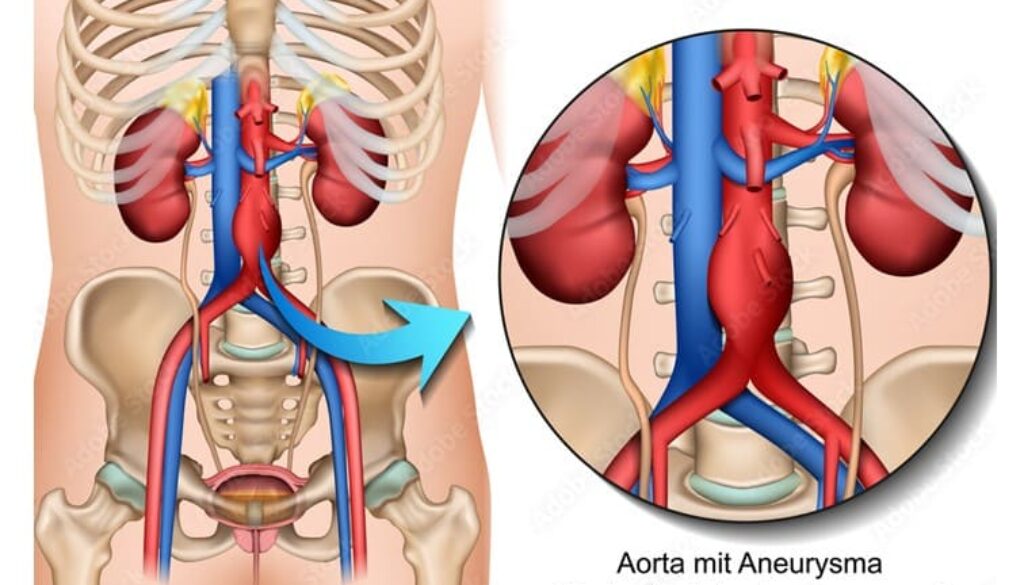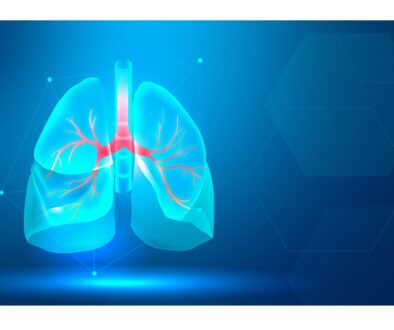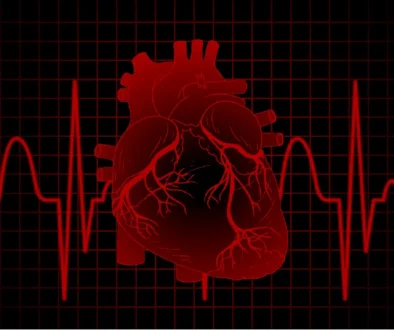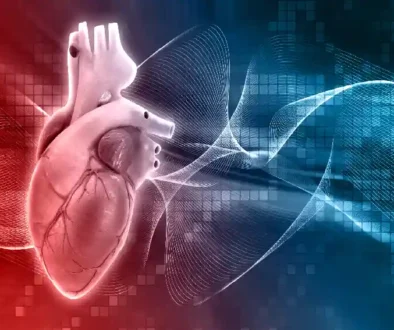Aneurysm – Causes and Treatments
Aneurysm treatment in Hyderabad Facts & Types
A weak arterial wall may cause bulging or enlargement of an artery at the point of weakness. The bulged or distended artery (Aneurysm) doesn’t cause any symptoms, but when the bulged artery ruptures, it may lead to life-threatening complications – such as internal bleeding. It mostly happens in the severe stage of the aneurysm. Emergency surgery becomes necessary when an aneurysm ruptures. However, unruptured and small aneurysms do not require active treatment.
Aneurysm Facts
Many arteries can develop aneurysms. The major arteries that can develop aneurysms are at the risk of rupture including the arteries that supply blood to the brain and the heart.
When an aneurysm ruptures, it causes internal bleeding. The risk of an aneurysm developing and rupturing varies between individuals. Though there are many risk factors, high blood pressure, sedentary lifestyle, stress and smoking are the major risk factors. However, some types of aneurysms may not require surgery to prevent rupture. Other life-threatening aneurysms require surgical intervention to prevent rupture.
What are the major risk factors for aneurysms?
The following factors may increase the risk of development and rupture of an aneurysm:
High blood pressure, Cigarette smoking, older age, excess alcohol consumption, drug abuse, excess body weight, and diabetes.
Aortic Aneurysm
This is the major type of aneurysm of the large artery that begins at the left ventricle and passes through the chest and abdominal cavities. An abdominal aortic aneurysm (AAA) develops in the aorta that runs through the abdomen. This is the most common type of aortic aneurysm. The other less common type is the thoracic aortic aneurysm (TAA). It develops in the aorta passing through the chest.
Cerebral Aneurysm – Arteries that supply blood to the brain may also develop aneurysms (intracranial aneurysms)
Peripheral aneurysm – Peripheral arteries may also develop aneurysms. There are different types – such as carotid artery aneurysm (it occurs in the artery of the neck); femoral artery aneurysm – it occurs in the artery of the groin region; splenic artery aneurysm, visceral aneurysm, and mesenteric artery aneurysm.
How is an aneurysm diagnosed?
Your doctor may recommend an ultrasound and a CT scan to diagnose and find an aneurysm. These tests help detect any weak spots, bulges, and blockages inside the blood vessels.
Aneurysm Treatment in Hyderabad
Aortic Aneurysm Treatment
A ruptured aneurysm requires emergency treatment (surgery). Without any delay, the patient must undergo emergency surgery. In the absence of emergency care, the chance of survival is low.
Doctors take into account several factors prior to planning an apt treatment for an unruptured aneurysm in the aorta. These factors include the rate of growth of the aneurysm; location of the aneurysm in the abdomen; the size of the aneurysm; general health; age and coexisting conditions of the patient.
Aneurysm Treatment (Surgery)
Your doctor recommends surgical intervention if the aneurysm has become large enough to cause complications. There are two surgical options for a large and rapidly growing aortic aneurysm: Open surgery and endovascular surgery
Open surgery with a stent-graft
In an open surgical approach, a thoracic or vascular surgeon makes a large incision in the abdomen to access the part of the aorta with an aneurysm and exposes it. The surgeon then performs the surgical repair and removes the aneurysm and replaces the part of the aorta with a synthetic graft.
Endovascular stent-graft Surgery
The minimally invasive endovascular surgery is done through a small incision near the hip. An interventional cardiologist accesses the artery using a catheter. During this interventional procedure, the interventional cardiologist inserts an endovascular stent graft and threads it to the aneurysm site. After positioning the stent graft in the aorta, the aneurysm is sealed off.
Endovascular coiling
It is another surgical procedure used for aneurysms. It’s less invasive than surgical clipping. The catheter carries tiny coils to the aneurysm site and releases them into the aneurysm to block the blood flow. Both stenting and coiling can be done together if there is a requirement.




